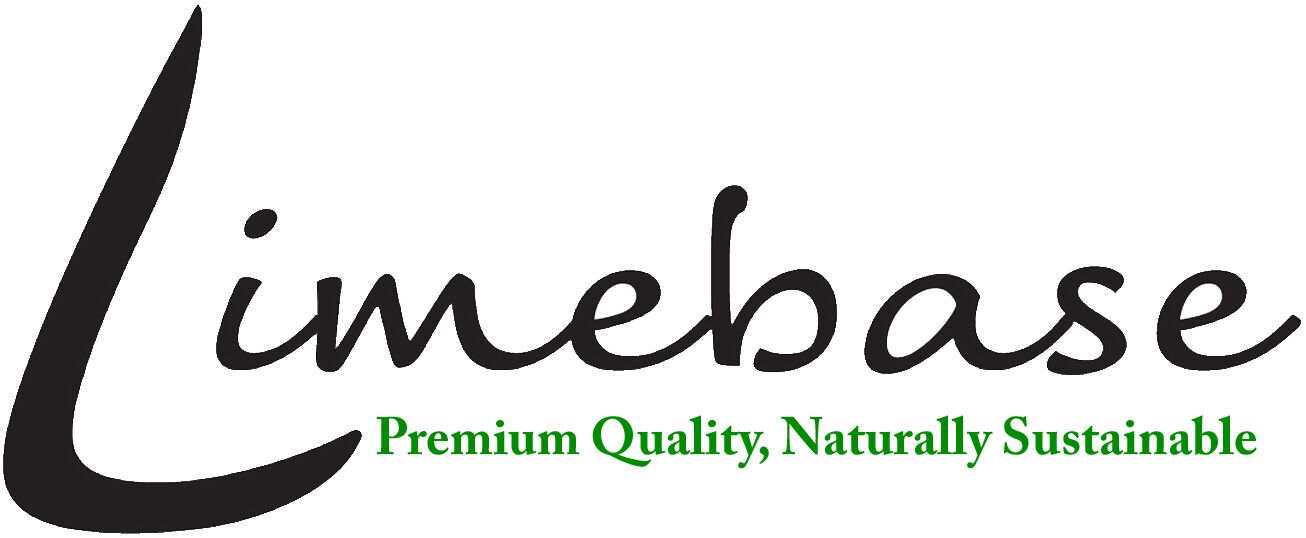FAQs
Are you looking for answers to the most common questions about the products and services at Limebase? We have collected data from past and present customers, concerning problems they are constantly faced with and compiled the answers here for your benefit. We then gathered information using our 25+ years of experience with the conservation and repair of buildings to answer those questions.
If you are searching for more information about lime, putty lime and more, you will find the information here. Our FAQ page does more than answer common questions; it provides you with reliable information that you can use to assist with your project, building work or purchasing decision.
As you can see, the questions on the page are in different sections. When you click on the question, the relevant information and answer will drop down, sharing the details you require.
Below you will discover some of the common questions we get asked about lime and other areas of our industry. If your question is not listed in the section below, feel free to contact our Limebase team, as we will help answer the relevant question.
Our frequently asked questions page will be regularly updated to make sure you are receiving accurate and reliable information, as well as new, frequently asked questions that might arise within our customer base. Check out the answers to commonly asked lime-based questions below.
Lime is made by burning limestone to produce quicklime which is then slaked with water. The resulting putty or powder is mixed with sand to make mortars, renders and plasters. The plasticity of lime, its compatibility with stone and brick, the simple technology of its production and the ready availability of the raw materials (limestone, chalk, marble, coral and shell) has made it an essential and valued material for traditional building throughout the world.
Putty lime is made from high calcium raw materials like pure limestone, chalk and shell. It only hardens by reaction with carbon dioxide in the air. Putty lime and putty lime mortars can be stored indefinitely in airtight conditions. Hydraulic lime is made form clay bearing limestones which make a type of lime which sets by reaction with water. Hydraulic limes have higher compressive strengths than putty lime and harden more quickly.
Portland cement based mortars are hard and dense with low moisture permeability. These characteristics are not compatible with limestones, sandstones and brick which are usually soft and porous materials. In fact cement based mortars can damage such materials. It is now widely recognised that traditional buildings constructed of stone and brick benefit both physically and aesthetically from lime mortars, renders and plasters.
Putty lime should be stored in airtight conditions. Traditionally it was stored in pits covered with a layer of water. Nowadays putty lime is usually stored in plastic tubs or polythene sacks.
Hydraulic lime powder should be stored in sealed bags in dry, well ventilated conditions and used within 6 months of date of manufacture.
Clean well graded sands are essential for successful mortars, plasters and renders. Carefully graded crushed limestone and chalk can also be used in formulations for traditional and historic buildings. Study of historic mortars can be useful in determining the correct aggregate for a given situation.
As a rule never add water to a pre-mixed putty lime mortar. Thorough mixing will impart a plasticity suitable for most applications. A small amount of water is sometimes added to plasters and renders but added water invariably means potential shrinkage problems.
Haired lime plaster should not be stored but used as soon after the hair is added as possible. The caustic nature of putty lime will weaken the hair if left for a prolonged period of time in its wet state.
Limewash is most successful when applied to porous, permeable surfaces like limestone and lime plaster. It does not take very well to cement or hard gypsum plasters but can be used on softer gypsum plasters. Limewash is suitable for both interior and exterior surfaces.

